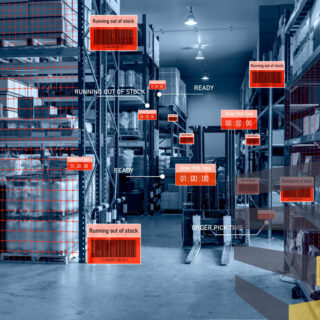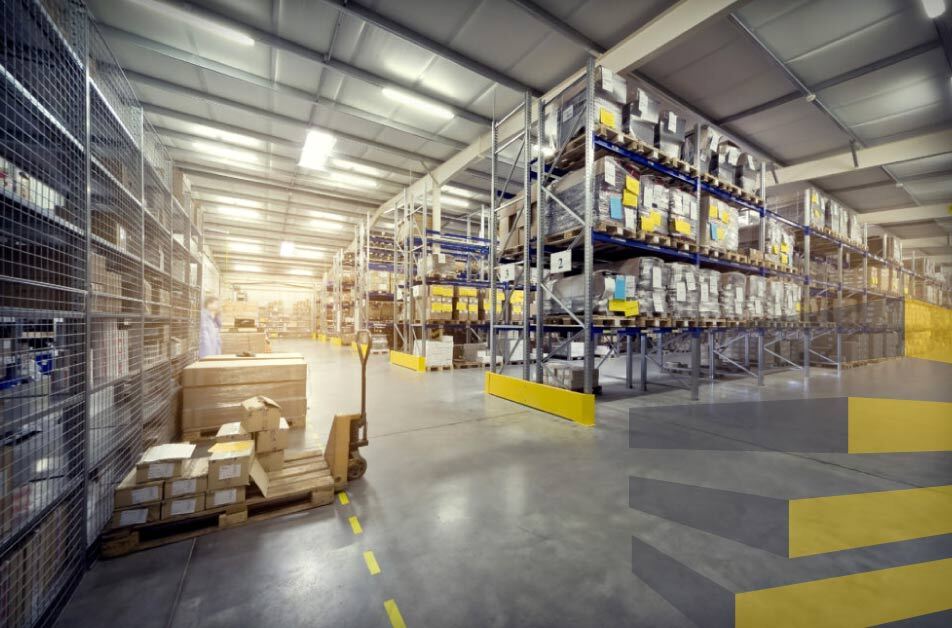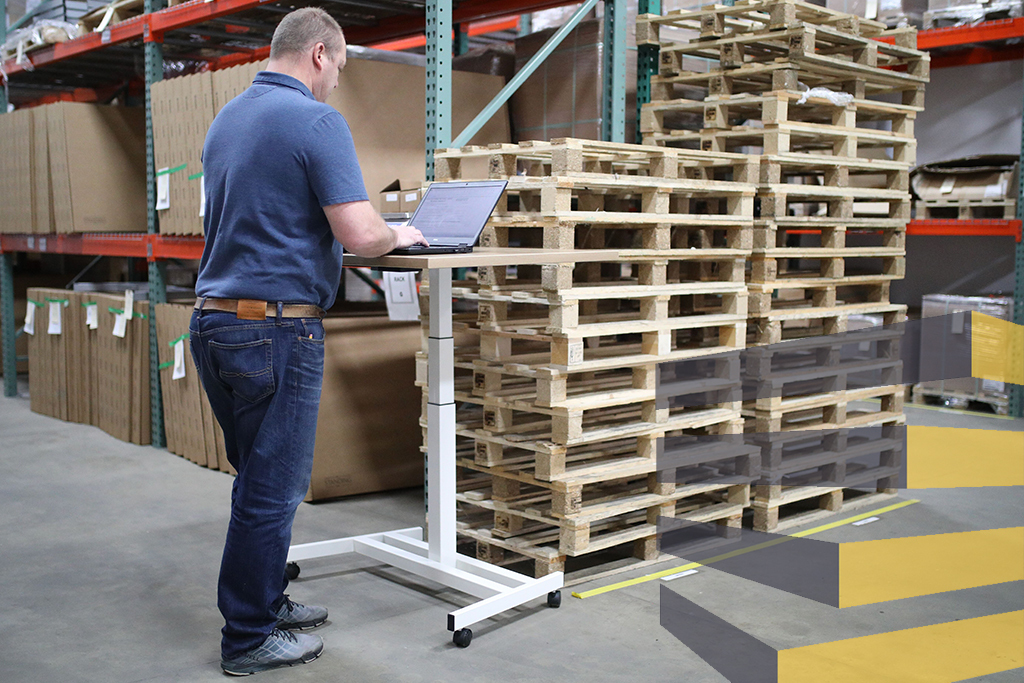When setting up a warehouse or distribution center, you’ll want to ensure that your operations run smoothly from the start. Therefore, the following highlights five crucial elements of most setups that will need to be properly taken care of as part of warehouse project management.
Because of the investment and time required to set up such a facility, many companies choose to partner with a trusted vendor to oversee the management of their warehouse project and install all or many of the features highlighted below.
By working with a partner in the management of your warehouse project, you will also enjoy the advantage of being guaranteed compliance with all safety standards, such as those set by the Occupational Safety and Health Administration (OSHA) in the United States.
If you are looking for a partner to help you with the installation of warehouses in Brazil, Mexico or the United States, contact us at today.
Advantages of warehouse project management
Well-planned warehouse project management services provide your company with great benefits. The implementation of a high-functioning system provides:
- Space optimization
- Improved workflow
- High productivity
- Full compliance with safety standards
5 things you need to get right in warehouse project management
Good project planning is a prerequisite for success. Therefore, you should consider many aspects in the management of your warehouse project.
First, you need to consider space and how to optimize it for efficiency. This is something a consultant or partner can help you with.
Next, you need to think about the goods to be managed, as well as the personnel and machinery that may use the space. All of these will influence your decisions when configuring the warehouse.
The following five elements will be used in most warehouses and distribution centers and will therefore be essential to the management of your warehouse project
1. Warehouse signage
Installing well-exposed warehouse signage is a critical element of warehouse project management . Signage guides users through the facility and helps keep the space well organized. It also plays a crucial role in ensuring safety and circulation between different areas.
Different types of warehouse signage can be installed to optimize your business. The specific choice will depend on the type of operation you are running, as signs can vary in color and shape depending on their function.
For example, aisle signs and hanging warehouse signs should, of course, be large and clear. Safety signs should be of appropriate colors, typically red, yellow and/or black. Not only do signs need to be the right size and color, but effective warehouse project management also requires that all workers understand what each sign means.
2. Warehouse labeling
Organizing a labeling system is another critical part of warehouse project management. Labeling serves to identify items and help control inventory. Just as the layout of the warehouse is important to operate effectively, so is the labeling system.
The shape, size and material must be considered so that the label does not peel, smudge or smear. Different types of labels can be found in a warehouse depending on their function and location. Labels in busy locations are usually chosen for their durability, for example, while long distance labels will need to be very large.
Consider not only the durability of the label, but also the organization of the printed information. Poor design makes it difficult for the operator to locate and read. Item tracking often involves going from the general to the specific. In this refinement of the search, labels should serve as a guide to make the operator’s task easier and more efficient.
3. Warehouse shelving
Warehouse racking is an essential part of warehouse project management, providing organization and efficiency to operations. Optimizing space and facilitating both access to and storage of goods is key to smooth operations.

Before choosing and installing a warehouse shelving system, you should first evaluate your needs to ensure that it contributes to an optimal layout and distribution within the space. There are different styles of shelving for different types of goods.
The decision will take into account the people, goods and machinery that will circulate through the area when it is in operation. Other important factors are whether the goods are perishable or not, whether a LIFO (last in, first out) or FIFO (first in, first out) system is used, and the space available for racking.
4. Anti-collision barriers
Anti-collision barriers can be crucial to protect workers, goods and equipment, especially when heavy vehicles are in motion. Installing different types of warehouse safety barriers helps reduce the risk of accidents.
Different types of warehouse project management will require different barriers, so choose the right barriers for your space. There are many different types of warehouse safety barriers that can be installed. The most common are guardrails, bollards, column guards and safety gates.
The key considerations for warehouse project management revolve around the strength of the barrier and its mobility. Very solid barriers offer absolute protection against collisions, while less solid barriers may not offer total protection, but also prevent damage to the colliding vehicle. Mobile barriers tend to be less durable, but can be easily replaced when necessary.
5. Floor marking
Warehouse floor markings are crucial to maintaining safety, good practice and high efficiency in the daily operation of a warehouse. There are two main types of warehouse floor markings to choose from: taped and painted. Each of these has its own advantages and good warehouse project management should consider them carefully.
Warehouse floors are taped with heavy-duty adhesive tape, while painted floors are marked with heavy-duty epoxy paint. These clear and easily visible stripes allow all facility users to know how the space is to be organized and used.
Adhesive tape is cheaper and quicker to apply, so it is usually more flexible. Paint has higher costs, especially in small spaces, and specific conditions for installation. Paint is also more flexible in terms of customization, as you can adapt designs and spaces as you paint.
Serviap Logistics offers project management of warehousing projects
At Serviap Logistics we supply and install warehouse elements in Brazil, Mexico and the United States.
These include collision protection, labels, shelving, signage and floor marking. We also offer warehouse project management services and can oversee the installation, remodeling or relocation of a warehouse from start to finish.
We count some of the world’s largest companies among our satisfied customers and partners, covering a wide range of industries, including automotive, e-commerce, wholesale and others.
As a family business that has grown internationally after starting in Mexico, we are committed to excellence and pride ourselves in offering personalized service to every customer.
We are also dedicated to maintaining the highest safety standards wherever we operate, including OSHA certification in the United States.
Contact us at to learn more about how we can help you manage your warehouse project.









